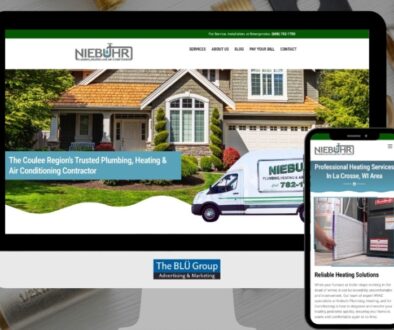Postal Service Sticks With Pitch: Paper Mail Can’t be Hacked
The U.S. Postal Service, attempting to slow the migration of first-class mail to electronic communications, says it will stick with an advertising campaign begun in September that tells businesses refrigerators and cork boards can’t be hacked.
After losing 22% of its mail volume in the past five years, the Postal Service is using the nationwide ads to stem a decline in postage sales, its primary revenue source. It’s also looking to plug its budget gap by closing 4,800 post offices, cutting as many as 220,000 jobs and eliminating Saturday mail delivery. The service has said it probably lost $10 billion last fiscal year.
Spending on advertising pays off, said Joyce Carrier, the Washington-based service’s manager of advertising and media planning, who declined to say how much the campaign costs. Every 1% loss of mail volume equates to a $300 million decline in annual revenue, she said.
“If we can even stop 1% — and that’s the goal for this campaign, to slow it 1% — it’s a pretty big chunk of change,” she said. “Hacked” is the second of two ads in a campaign that began in September and will resume after the holidays, Postal Service spokeswoman Darleen Reid said.
It shows customers handling mail by pinning it to a cork board and hanging it up with a refrigerator magnet. “Your refrigerator has never been hacked. An online virus has never attacked a cork board,” the voiceover intones.
“Since the beginning of time, there’s always been something that people say will be the demise of mail, be it the telegraph or telephone,” Carrier said. “We still feel the mail has a place to play in every company’s marketing mix.”
The campaign, by Campbell-Ewald Co., based in Warren, Michigan, will resume after the holiday season when the service will run consumer-oriented television advertising, Reid said.
Five hundred viewers surveyed by Ace Metrix, a Mountain View, California-based company that rates ads, scored “Hacked” below average in information and desire, a measure of whether it makes viewers want something. It scored 519 compared with 554 for the average ad, according to an Ace Metrix report generated Oct. 28.
Some viewers criticized it as not being “green” while others liked the nostalgia of using letter mail, Peter Daboll, chief executive officer, said in an interview.
“I found it annoying,” a female viewer between 21 and 35 years old, the group that rated the ads lowest, wrote in comments to Ace Metrix. “Yes, my cork board can’t be hacked, but I can lose paper. It hurts the environment. My dog can shred it, and people steal mail. The USPS is getting desperate.”
Campbell-Ewald also created the ad campaign promoting flat-rate parcel boxes, where the Postal Service competes with FedEx Corp. and United Parcel Service Inc. The advertising company was the eighth-largest postal supplier in the 2010 fiscal year, according to a list compiled by David Hendel, a Husch Blackwell LLP partner who specializes in postal contracting.
The Postal Service paid the firm about $122 million in 2010, according to the list, which Hendel compiles using information retrieved through Freedom of Information Act requests.
Mail volume has declined since 2006 as communication shifted to e-mail and electronic billing and the U.S. entered a recession. Volumes in first-class mail, which includes letters and bills, have fallen faster than bulk, or advertising, mail.
“No one is under the illusion that there isn’t going to be a transformation to more and more digital use,” said Mark Bellissimo, a Campbell-Ewald managing director and the head of the postal account. “But it is a reminder that there is a value here.”
While there is a risk of appearing environmentally unfriendly, the ad succeeds at getting people’s attention, said Mario Simon, managing director of Millward Brown Optimor, a unit of WPP PLC, the world’s largest advertising company.
“From a place of differentiation, it definitely makes a statement,” said Simon, who’s based in New York. “That’s something that’s important because different things tend to capture the attention of the decision-maker and stand out from the crowd.”
That may help it capture the attention of customers who might otherwise use electronic transactions and communications, he said. The TV ads are part of the Postal Service’s efforts to woo small business customers, the service’s Carrier said.
It also this year gave business mailers the option to send mail to a designated geographic area without needing a permit or including names on each piece. Also, the service is testing an option to let business customers create advertising mail on the Postal Service’s website before mailing it on paper.
“Mail still has a place to play in this digital world,” she said.
Bloomberg News



